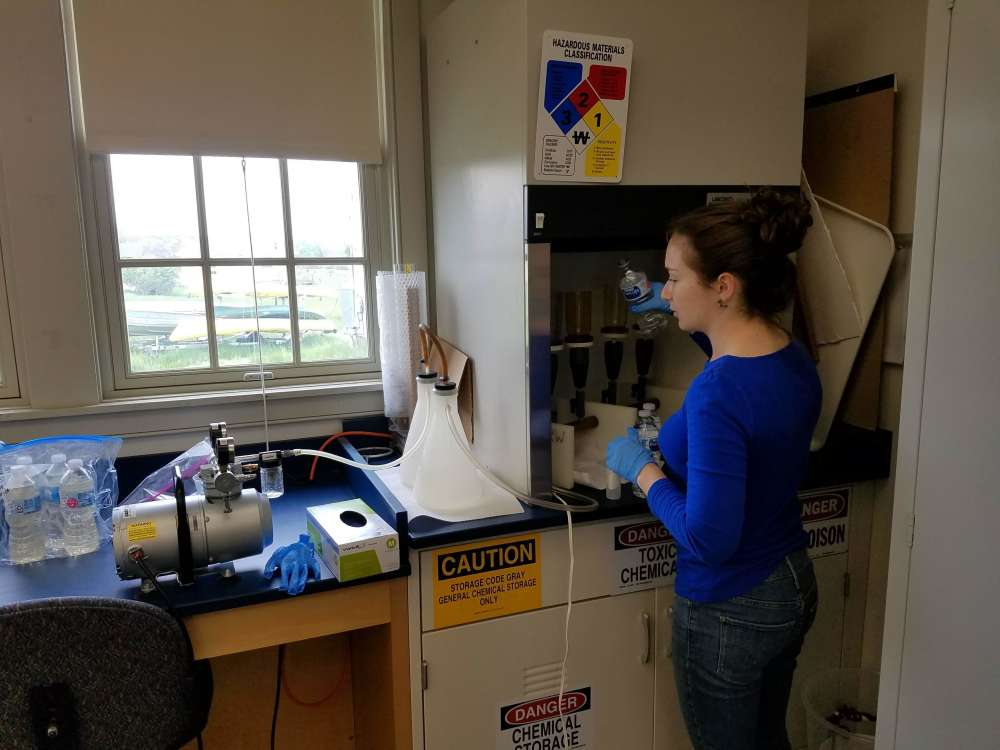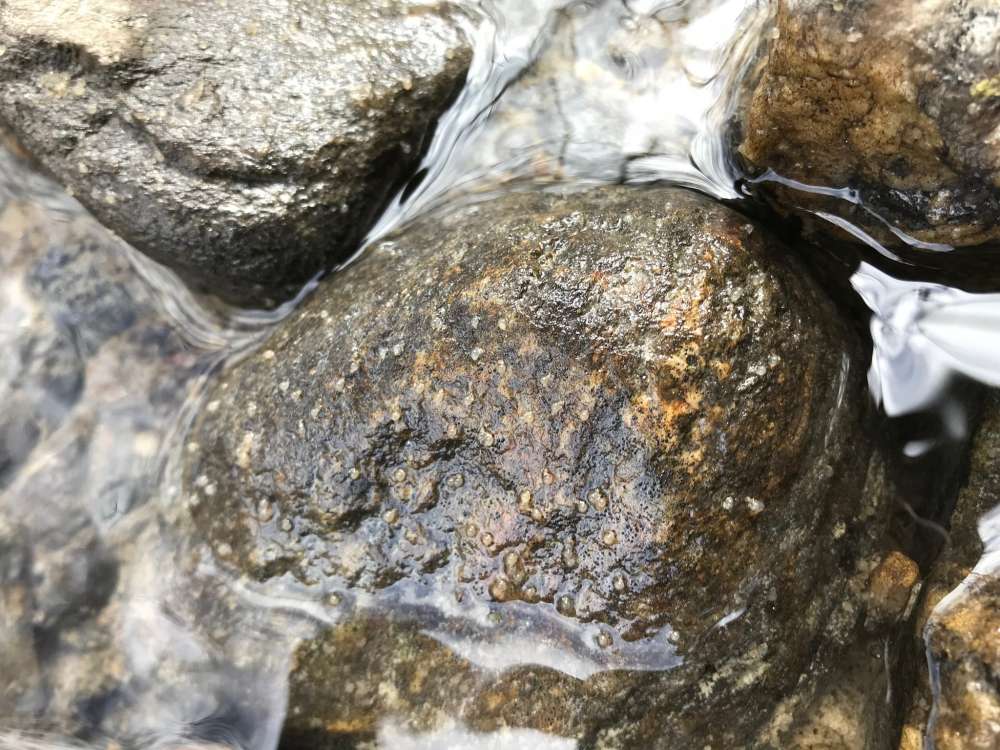Developing eDNA Methods for Monitoring the Imperiled Rainbow Smelt in Coastal Streams
Background
Rainbow smelt (Osmerus mordax) is an anadromous and landlocked fish whose populations are in decline. Timely, strategic conservation actions are needed to prevent further decline or loss of imperiled smelt populations and to mitigate the problem of illegal smelt introductions in lakes and ponds. These actions need to be guided by accurate, up-to-date, site-specific information on the status of rainbow smelt populations.
Methods for detection of environmental DNA (eDNA) offer an efficient and cost-effective technique to monitor rainbow smelt. DNA is shed by smelt and persists in stream water, so it can be sampled with relatively little effort by collecting water samples for laboratory analysis.
Smelt eDNA tools developed at the University of Maine Evolutionary Applications Lab are extremely sensitive, with the ability to detect very low DNA concentrations in stream water. This makes eDNA useful for detecting rainbow smelt in streams where they occur in low abundance and might be difficult to detect with conventional methods. This project was the first full application of this emerging technique for smelt.
Project Period
2018-2019
Methods
In April and May 2018, Wells Reserve research staff sampled rainbow smelt eDNA in four streams feeding Casco Bay. Samples were collected downstream of documented spawning areas near the head-of-tide, usually 2 or 3 times per week. Samples were collected in sterile water bottles at three locations in each stream and frozen for transportation to the University of Maine. The water was filtered and DNA was extracted and preserved. DNA samples underwent a cleanup process in the lab before amplification and enumeration through quantitative polymerase chain reaction, or qPCR.
Results
We were able to detect rainbow smelt eDNA at different times and across a range of abundances in four coastal Maine streams. We are currently developing a statistical analysis that will establish a confidence interval for positive detection. The final report will include updated recommendations for study design.
Next Steps
- Work with resource agencies to adapt citizen-based eDNA monitoring to assessment, and apply the results to policy decisions and resource conservation.
- Relate eDNA detection to estimates of population abundance.
- Differentiate sea-run and land-locked rainbow smelt.
- Account for environmental conditions such as flow, inhibitors, and DNA degradation rates.
Resources
- Rainbow Smelt eDNA EPA Mini Quality Assurance Project Plan
- Wells Reserve eDNA Manual
(Please contact us if you would like to see these documents.)
Images


Partners
- Dr. Michael Kinnison, University of Maine
- Claire Enterline, Maine Department of Marine Resources
- Matt Craig, Casco Bay Estuary Partnership
Funding
- Maine Outdoor Heritage Fund — through proceeds from the sale of a dedicated instant lottery ticket used to support outdoor recreation and natural resource conservation.
- Casco Bay Estuary Partnership
- Maine Coastal Program
- University of Maine
- Wells Reserve

